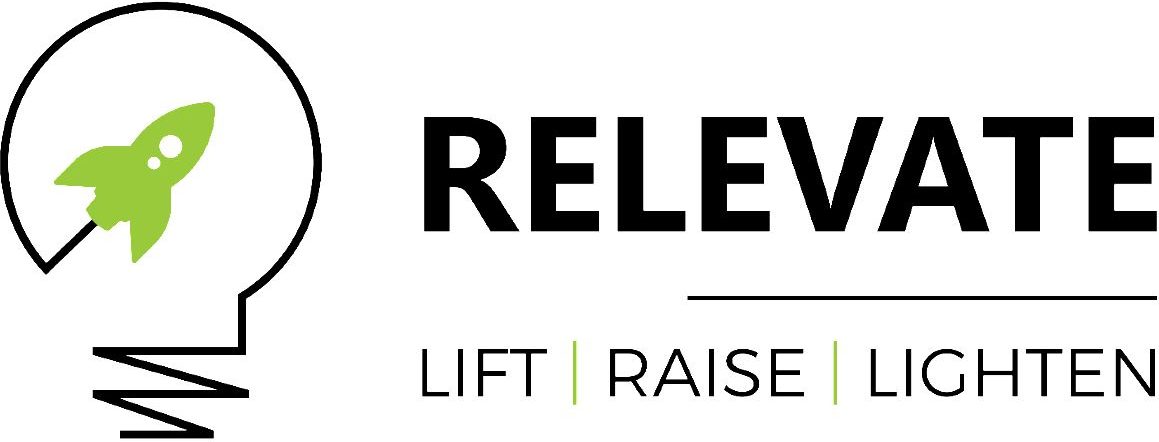The Latin America Marketing team, or Latam, asked whether there was a way to integrate all three while strategizing an email marketing trial.
Our first goal was simple: to see if an email from a sales rep with a link to arrange a meeting might outperform one of our most popular offers in terms of conversion. “We can do better,” we thought. “Let’s take the customization to the next level.” → Click here to get it now: Email Marketing: A Beginner’s Guide [Free Ebook]. That’s what we did, and here’s how it went:
How 265+ Meetings Started with a Single Email Booked
The Speculation
Our inbound funnel frequently directs potential agency partners to the Spanish version of our Inbound Marketing Assessment. As part of our LatAm partner marketing activities (IMA). However, we were aware that many of our email subscribers would be taking several days off prior to the vacation when Semana Santa, the week before Easter, approached in Latin America and Spain.
As a result, we would have to adjust the message’s substance and tone. We didn’t want to ask these beneficiaries to complete an evaluation because they were presumably days away from many straight days off. It was obvious that we had to include a call to action (CTA). Instead of sending an email, why did you? But it had to be something that took into account the holiday’s timing—something that still provided value, but acknowledged it.
Our Theory Was Based on This:
We will see a higher degree of engagement in terms of meeting bookings. If we reach out to folks immediately before a significant holiday in their region.”
It’s a test.
What We’re After
For this experiment, we wanted to see if sending a sales representative’s email with the CTA of filling out the IMA form will result in more conversions than sending a marketer’s email with a CTA to do so.
Everything That We Performed
Rather than forwarding the reader to our regular IMA form. We provided a link to schedule a meeting with one of our sales reps. That option to set up a meeting had to be changed, however, because of the upcoming holiday.
In order to conduct an A/B test, we prepared two different versions of the identical email. One from Stefano Gasbarrino, a representative at the time, and the other from Carlos Villalobos, a marketing manager for the LatAm Partner Programs. Each version has its own message with a link to schedule a meeting with a representative.
Version 1: “Here’s my schedule — book time with me,” reads an email from Gasbarrino.
When you return to the office, I welcome you to schedule a meeting with Stefano Villalobos, my colleague, to learn more about the Program.” “This is the link to his meetings.”
Other than requesting a meeting, there needs to be some more context in the communication. So instead of completing the IMA, we gave the recipient a copy of our Partner Program Info Kit in Spanish, which they could peruse at their leisure during the holidays. The A/B test includes this in both versions.
What We’ve Learned
Truth be told: We were a little shocked by the outcomes.
Villalobos’ email, on the other hand, resulted in 10% more meetings being scheduled. These findings show that recipients welcomed the new email’s more flexible wording when they did open it.
Email open rates were 8 percent higher for Gasbarrino than Villalobos. Could be because receivers had grown accustomed to receiving emails from Villalobos, and the new name in their inboxes made them curious.
We also wanted to see how this type of email compared to our usual one fared. Since our standard IMA email sends had an average open and clickthrough rate (CTR) of around 5%. We wanted to see if our experiment’s “schedule a meeting.” CTA was as effective as that of our regular IMA email sends.
This experiment’s email dispatches outperformed our regular IMA emails in a significant way. An additional 15% higher open rate and 7.2 percent higher click-through rate (CTR) were achieved by sending out email campaigns that included links to arrange a meeting. This email resulted in the booking of almost 200 sales appointments!
Where Are We Going Next?
To proceed, here are the next steps:
Despite the fact that the experiment was largely a success. We nonetheless urge that such experiments be preceded by the installation of safety barriers. Over 200 appointments were arranged after a single email was sent. But it was too much for one person to handle. Stefano was relieved to have a problem, but he was unable to deal with it.
Using more precise segmentation and assigning a lead owner who may send “book a meeting” links on behalf of several reps will be implemented in the future.
Our most important takeaway
This trial, however, served as a powerful warning to marketers not to lose sight of their target audience. A human being is on the other side of the screen, and we all want faster, more tailored answers. It’s all too easy to overlook this. Form submission compels customers to wait for a response; scheduling an appointment gets them on a rep’s schedule immediately and at their leisure. Your audience will feel appreciated and prioritised if you address their time sensitivity.
Even more importantly, booking a meeting with a face-to-face individual may help humanise a business far more than filling out an online form. How have you used email marketing to increase your conversion rates? You may tell us about your finest experiment in the comments section, and we may even post it on our blog








